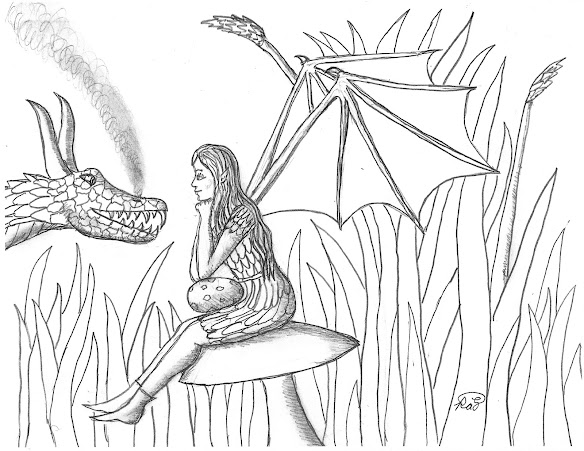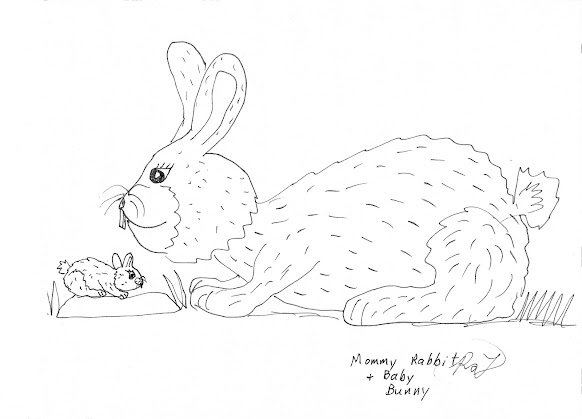So, welcome to my free coloring pages blog. Or welcome back!
Today we have several drawings of Jesus that I did on various recent Sundays while at Church.
Drawing helps my ADHD brain focus and I can enjoy the talks and lessons more.
Plus I don't fall asleep during Church if I am drawing.
Jesus was and is our Savior. He died for our sins. What that means is that we all sin. In our premortal life Jesus volunteered to pay the eternal price for our sins so that if we repented we could return to live with Him and our Heavenly Parents. Jesus is our eldest Spirit Brother. You see, we all lived as Spirit Children of our Heavenly Parents. Jesus was the eldest of our Heavenly Father's and our Heavenly Mother's Spirit Children. He fought for our right to have free agency in our mortal life. Satan, another Spirit Brother deceived 1/3 of our Spirit Brothers and Sisters. Satan and those Spirits who followed him were cast down to Earth. They are now devils and tempt the rest of us. They are jealous that they don't have and will never have a physical body like the rest of us have.
Jesus suffered in the Garden of Gethsemane and on the cross to pay the eternal price for our sins so that we could repent. He came to Earth and took on a mortal body. His earthly father was also our Father in Heaven. So since Jesus' mortal body was half god he had power over life and death. He voluntarily suffered and died for our sins. He was a victim of the cruelty of the Romans and the jealous cruelty of the Jewish leaders of the time. But Jesus ALLOWED them to kill him. At any time he could have stopped it all. But He loved us too much to do that. Jesus was and is Jehovah of the Old Testament. He is the Word and He created the Earth. He certainly had to be a willing sacrifice because He was incredibly powerful. He used that power to heal people's bodies and their souls. He still does this.
Because Jesus was part mortal He could die. But because He was part God He could resurrect and become the first of all of us to receive our bodies back. When we die our Spirit separates from our body. When we are resurrected we get a perfect body back and that glorified and perfect body is one that can never die. Then we get to go to the Kingdom we are worthy of to live there for all eternity. Those who inherit the top Kingdom or Celestial Kingdom will be able to be married and live with their family for all eternity... with our Heavenly Parents and our Eldest Brother, Jesus. And we will get to be with our worthy family members and our other worthy loved ones.
These five drawings are certainly not the only drawings I have done of the life of Jesus. See all of them, in printable form, by clicking on the button labeled "Religious" and scrolling through the drawings. I frequently draw a dove with my drawings of Jesus. In the Holy Bible, a dove representing the Holy Ghost descended upon Jesus right after Jesus' baptism by John the Baptist.
These are the new drawings: 1. The NativitJey 2. Jesus walking along the Sea of Galilee where He chose some of His Apostles 3. Jesus praying and communing with God 4. Jesus as an itinerant teacher 5. Jesus right after His resurrection. He is appearing to Mary Magdelene. 6. The last drawing is also of Jesus after His resurrection. He is seen descending from Heaven to visit His people in the New Word... namely the Nephites and Lamanites. This particular story is told in The Book Of Mormon, Another Testament Of Christ.
To get to these coloring pages in printable form just click on the button labeled Religious. Then #1-5 will be at or near the bottom of the New Testament section. The drawing of Jesus descending from heaven will be near the bottom of the Book of Mormon section.




































